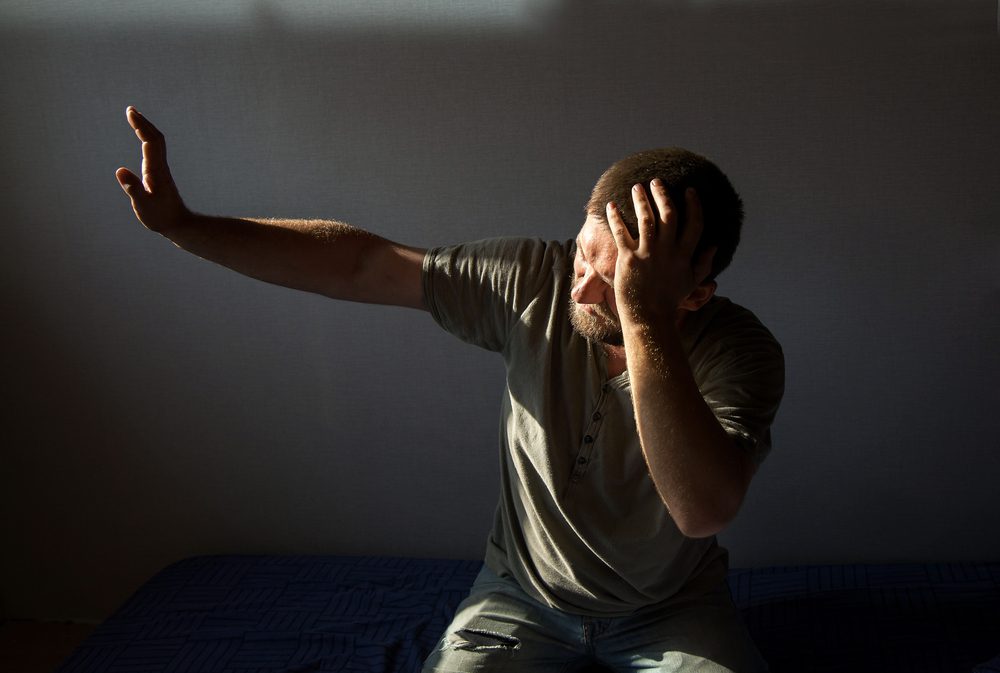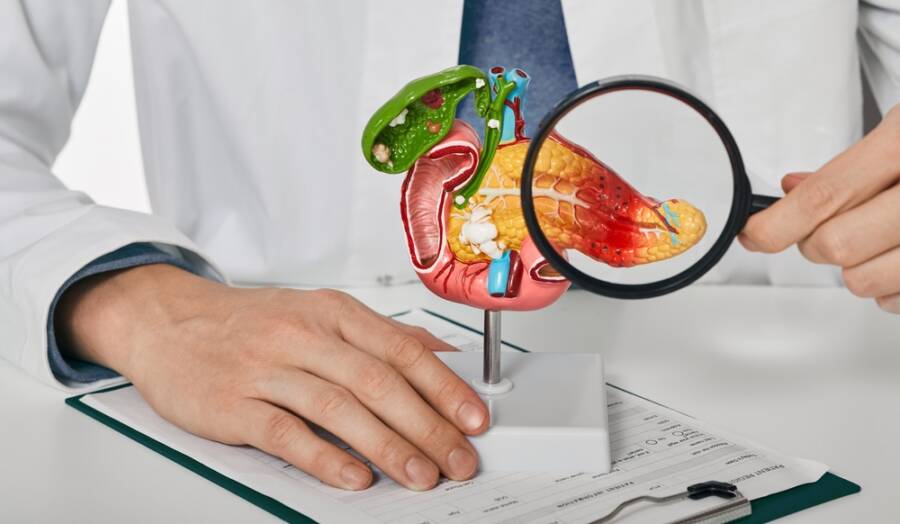Over 4.2 million American adults aged 40 and older are blind or have low vision. The most common causes of blindness among us are usually associated with aging. So, macular degeneration, diabetic retinopathy, glaucoma, or cataracts are the most common eye disorders as we age.
Regular eye check-ups are essential for preventing, monitoring, or treating any health conditions that affect the eyes. So, please, tell us… when was the last time you’ve checked your eyes? No matter how old you are, you should make sure your eyes are in tip-top shape.
Your ophthalmologist can quickly tell you how many times you should make him/her a visit based on your condition. Until then, if you’ve noticed something unusual with your eyes, you might want to read on. While eye symptoms are usually mild, it doesn’t mean you’re just tired.
…Continue reading to learn about the 9 signs that indicate you should see an ophthalmologist!

1. Grittiness
Grittiness could actually be a sign of dry eyes. When this odd feeling strikes, you may experience stabbing pain, sensitivity to light, and even watery eyes. A clinical spokesperson for the American Academy of Ophthalmology, Stephanie Marioneaux, suggests that staying in front of your computer all day long, as well as driving for hours or reading, could lead to dry eyes.
If you’re a woman, menopause could also result in dry eyes. She added that you don’t want to treat your dry eyes by yourself. You actually want to be evaluated by your ophthalmologist in order to find out the root cause and get the right treatment.
2. Flashers and floaters
Are you noticing any floaters lately? Because they generally disappear as soon as blink, flashers and floaters aren’t considered something to worry about. In fact, floaters are quite normal when we age. However, any change in floaters is not. For instance, a gray curtain spotted in the side vision could signal a retinal tear or retinal detachment.
According to the National Eye Institute, the retina can pull away from the back as we age. And this is why we may experience floaters. If left untreated, it can lead to blindness.
3. Halos and glare
An assistant professor of ophthalmology at the University of North Carolina School of Medicine, Meredith R. Klifto, MD, says that aging often translates to high-density eyeglass lenses. When you experience glare, halos, light sensitivity, cloudiness, and blurry vision, you may be at risk of developing cataracts.
Don’t neglect these signs! If you notice any of them, visit your ophthalmologist as soon as possible.
4. Pain
Eye pain is pretty unusual, but it’s most definitely a sign of eye-related disease if it happens. The severity of the eye pain can also give you some clues regarding the issue. Matthew Gorski, MD, an ophthalmologist with Northwell Health in Great Neck, New York, notes that the pain caused by corneal ulcers is moderate (in some cases severe). Still, it’s always accompanied by tearing, sensitivity to light, decreased vision, and burning.
If you’re wearing contact lenses, they could be the culprit too. As soon as you experience eye pain, see an ophthalmologist immediately. According to the American Academy of Ophthalmology, the causes of eye pain are numerous, including eye infections and injuries, so only a doctor can determine what’s causing it.
Related Post: 30 Subtle Signs of Serious Health Issues Hiding in Plain Sight

5. Sensitivity to light
In general, eye problems related to light sensitivity are not that many. Some of them include infections, migraines, and even cataracts. However, according to the American Academy of Ophthalmology, light sensitivity could also signal ocular herpes.
This eye issue is caused by the virus called herpes simplex (HSV-1). It is basically the same strain that causes cold sores. Sadly, the virus can lie dormant for several months, sometimes years, then reappear. Ophthalmologists will most likely prescribe you certain meds and creams if they notice that the virus is active.
6. Watery eyes
Most eye signs and symptoms are usually connected, but this doesn’t mean that they couldn’t be stand-alone signs for specific eye problems. A pretty clear example is watery eyes. In the vast majority of cases, watery eyes are a sign of an ongoing allergy.
And ophthalmologists say that your allergy can be caused by a number of factors. First, we have seasonal allergies, and then indoor allergies. While we might be aware of our seasonal allergy, the indoor ones are often overlooked. From dust mites to perfumes and smoke, there are countless indoor allergens.
Just try to determine what’s causing your eyes to tear. It could be the new family member (dog or cat) or even your pillow. Yes, decongestant eye drops or artificial tears may help, but it’s best to find out the root cause in order to eliminate or avoid it.
Let’s just hope that your allergy is not caused by your beloved pet…
7. Blurry vision
Blurry vision has a wide range of causes. If you don’t wear eyeglasses or contact lenses, blurry vision is certainly a sign that’s about time to visit your ophthalmologist. Another thing that can lead to blurry vision is the development of an eye-related condition known as presbyopia.
Presbyopia is quite normal as we age, and it is defined as trouble seeing things near you. Blurry vision can also translate to severe eye conditions like macular degeneration and glaucoma, which are both associated with aging.
If left untreated, macular generation and glaucoma can lead to blindness. Get yourself to an ophthalmologist as soon as you experience blurry vision.
8. Loss of peripheral vision
We’ve mentioned that glaucoma is an eye condition associated with aging… But did you know that it is actually called the ‘silent thief of sight’? As the nickname suggests, glaucoma has virtually no sign at all in its early stages.
However, in time, this condition leads to optic nerve damage that can cause loss of peripheral vision. According to the ophthalmologist, Dr. Goski, this issue is irreversible. (Now, do you understand why you need to take your eye check-ups more seriously?)
What’s even worse is that there’s literally no cure for glaucoma, only treatment.

9. Wavy lines
Macular degeneration is probably the number one cause of vision loss when it comes to the elderly. Ophthalmologist, Dr. Gorski, explains that this eye-related disease damages the central portion of your vision, and its symptoms are many, including black spots, blurry vision, and wavy lines.
Other signs of age-related macular degeneration could also be visual distortions, meaning you could see things smaller when, in reality, they are bigger. It can happen the other way around too. Unfortunately, macular degeneration is irreversible too.
It can be treated with injections, mineral and vitamin supplements, as well as laser therapy, but there’s no cure. Dr. Gorski concluded that anyone should go to the doctor as soon as they experience these signs and symptoms.
Having issues with your eyes is a serious matter. If you experience any of the above-mentioned signs, you should see an ophthalmologist as soon as possible.
Be sure to share your thoughts with us in the comments section below. And if you like this article, we also highly recommend reading: 11 Genetic Diseases You Can Easily Get Tested For













